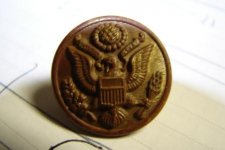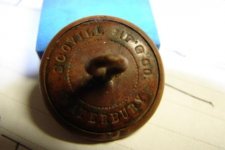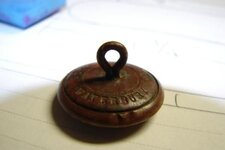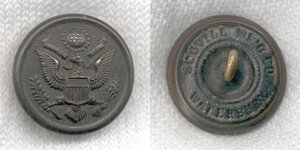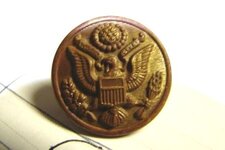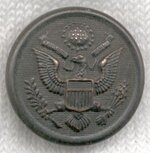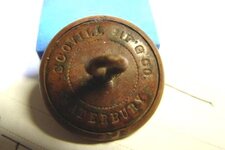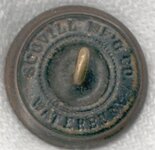West Coast Fever
Jr. Member
Actually I found this several years ago, but just cannot seem to get a good fix on it. The stamp on the back is indicative of 1850-1865. "Scovill MF'G Co. Waterbury". There are no stars or dots between any of the words, other than the period after Co. This was gold guilded, is a soldered eye, and is in otherwise very fine shape. It seems to be primarily brass, and that includes the back. It is two piece. I can not find any real picture of this particular button, but have seen many similar made by Waterbury Brass, but not Scovill. I hope that it is older than 1900, so if any one out there can help it would be appreciated.


